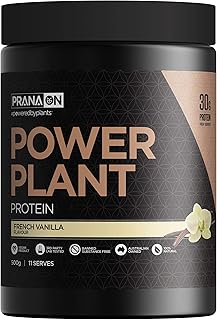The textured vegetable protein market is witnessing significant growth, with global revenue expected to reach USD 3.54 billion by 2033, driven by factors such as increasing consumer preference for plant-based diets, rising health awareness, and the expanding vegan population. This market expansion is fueled by the shift towards sustainable food choices and the growing concerns about the environmental impact of animal agriculture.
Textured vegetable protein, derived mainly from soy, wheat, or pea, serves as a nutritious alternative to meat in various food products. Its versatile applications in meat analogs, prepared meals, and baked goods make it a popular choice among consumers seeking plant-based protein sources. As food manufacturers invest in developing products that cater to evolving consumer preferences worldwide, the textured vegetable protein market is poised for rapid growth.
Segmental analysis reveals that textured soy protein holds a significant market share due to its high protein content, cost-effectiveness, and versatility in plant-based food applications. Chunk-form textured vegetable protein, favored for its meat-like texture, is widely used in products like curries, stews, and burgers, appealing to both flexitarians and vegans. The consumer segment drives market demand, reflecting the increasing popularity of plant-based diets and sustainable protein-rich food options.
In the regional context, Asia Pacific leads the textured vegetable protein market, benefiting from established soy and pulses production, cultural acceptance of plant-based diets, and a growing food processing sector. North America is experiencing rapid market growth, driven by consumer shifts towards plant-based eating, product innovation, and robust retail and food service ecosystems. Health, sustainability, and animal welfare concerns are propelling the demand for cleaner label, high-protein plant-based products in the region.
Manufacturers in Asia Pacific focus on scaling production, developing localized products, and collaborating with ingredient suppliers to meet domestic and export demands while enhancing the sensory qualities of meat analogs. In North America, ingredient suppliers and manufacturers are investing in research and development, branding, and partnerships with food producers to improve the taste and acceptance of plant-based meat alternatives.
The textured vegetable protein market is dynamic, with key players like Archer Daniels Midland Company, Cargill, Incorporated, and Roquette Frères leading the industry. Recent collaborations, such as ACI Group’s distribution agreement with International Flavors & Fragrances, highlight the industry’s commitment to innovation and meeting the evolving needs of plant-based food manufacturers.
📰 Related Articles
- Textured Vegetable Protein Market Set for Robust Growth by 2034
- Global Vegan Protein Market Set to Reach $12 Million by 2035
- Textured Vegetable Proteins: A Growing Global Protein Trend
- Global Wide Format Printers Market Set to Reach $20.04B by 2032
- Global Outdoor Furniture Market Set to Reach USD 57.2 Billion by 2034
📚Book Titles
- Page Turners: Profiting from Rare and First Edition Books
- The Digital Detox Blueprint: 30 Days to Reclaim Your Focus
- Strategic Real Estate Investment: Profiting through Market Understanding, Capital Growth and Negotiation
- Rattle the Market: Explosive Secrets to Dominating Real Estate & Crafting Your Fortune!






